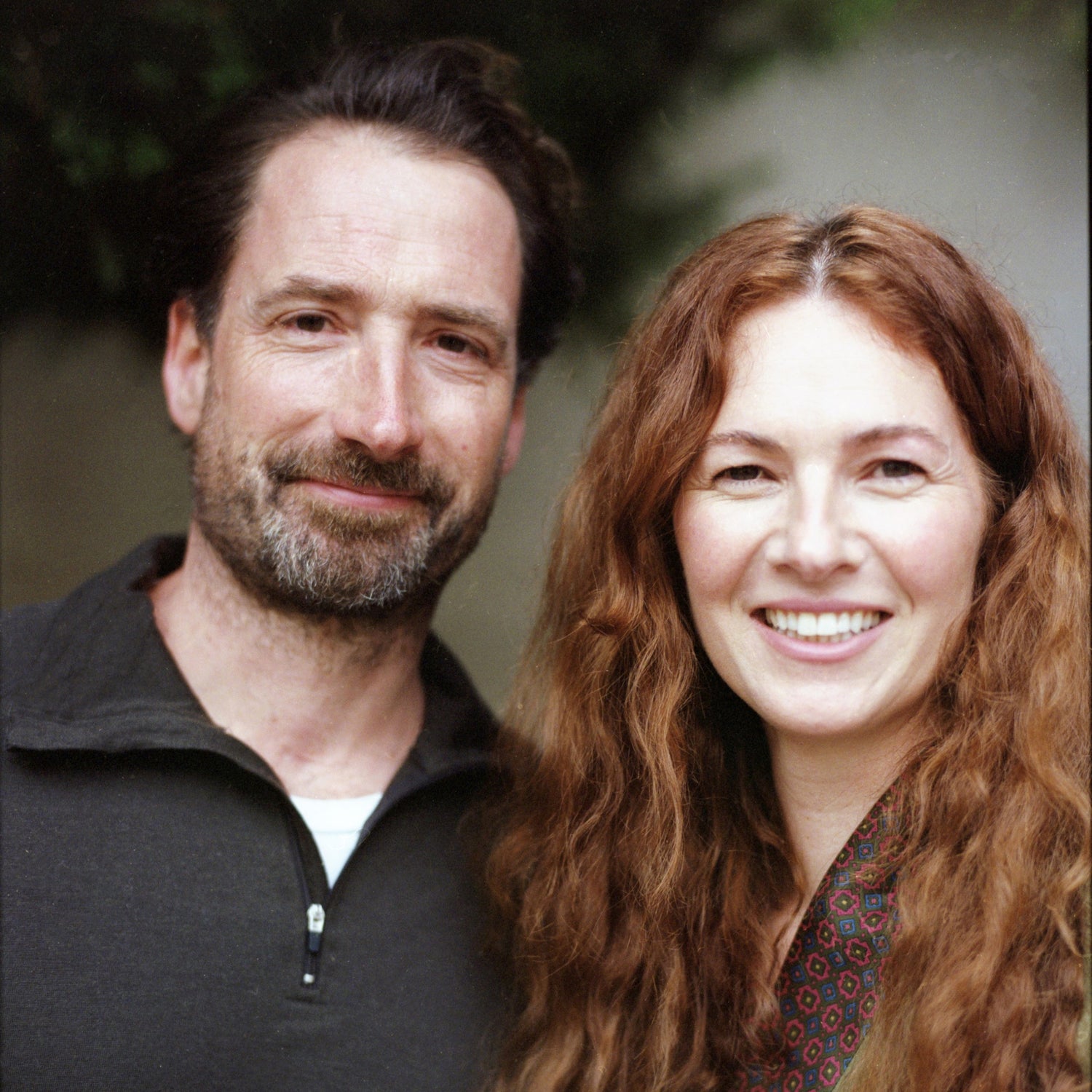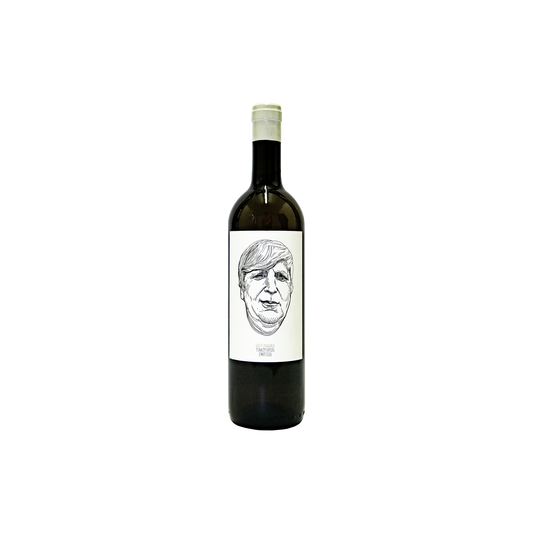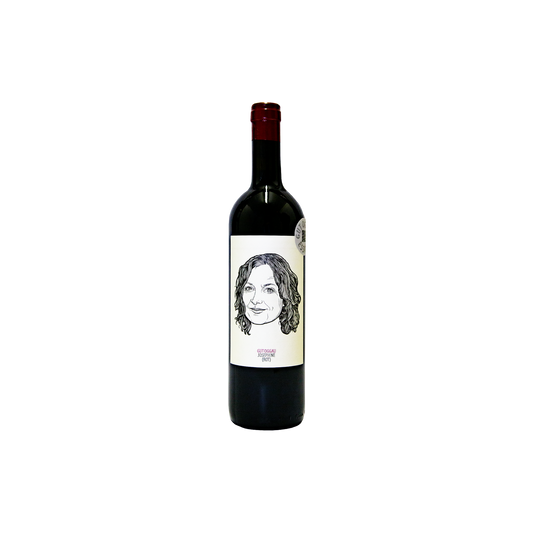GUT OGGAU

Stephanie and Edouard Tscheppe bought the Gut Oggau winery at Lake Neusiedl in 2007 with a vision to embrace biodynamic practices, working in harmony with nature. Each of their wines has a unique character depending on the location of the vineyards they come from. And, each wine is named after one of their invented iconic wine family members spanning three generations, thus expressing the distinctive character of the wine.
With Josephine and Timotheus, we have representatives of the parent generation - both calm, yet intense and full of personality, originating from southern-facing slopes. Stephanie and Edouard work on 20 hectares with small parcels, often planted in a field blend, and focus on Welschriesling, Grüner Veltliner, Gewürztraminer, Weissburgunder, as well as Blaufränkisch and Zweigelt.
The climate is warm during the day but cooler at night, resulting in wines that are fresh, juicy, and full of finesse and vitality.
BURGENLAND
Burgenland is the easternmost Austrian state and one of its most diverse wine regions where the cool climate of the Alps meets the warm climate of the Hungarian steppe resulting in its Pannonian climate. After the downfall of the Austro-Hungarian Empire, Burgenland was created 1921 and its name refers to three Hungarian castles and parts of their land on which this state was founded. First hints of viticulture date back to Celtic times around 700 A.D., making this one of the birthplaces of wine-growing in this region.
In the northern part of Burgenland, around Lake Neusiedl and the last foothills of the Alps known as the Leitha Mountains, which extends towards the Carpathians, an variety of white and red grape varieties flourish in a distinct microclimate and various soil structures of clay, gravel, limestone and slate.
Central Burgenland has heavier soils and primarily serves as a red wine region, giving rise to elegant and vital Blaufränkisch wines. However, there are high-altitude vineyards around Neckenmarkt where gneiss, limestone and slate soils are perfectly suited for white grape varieties.
The southernmost area around Eisenberg is the smallest region, and its mineral-rich soils give rise to refreshing and aromatic Blaufränkisch.
ALL THEIR WINES
-
Timotheus 2021 Bio
Regular price €46,00 EURRegular priceUnit price €61,33 per l -
Josephine 2020 Bio
Regular price €46,00 EURRegular priceUnit price €61,33 per l


